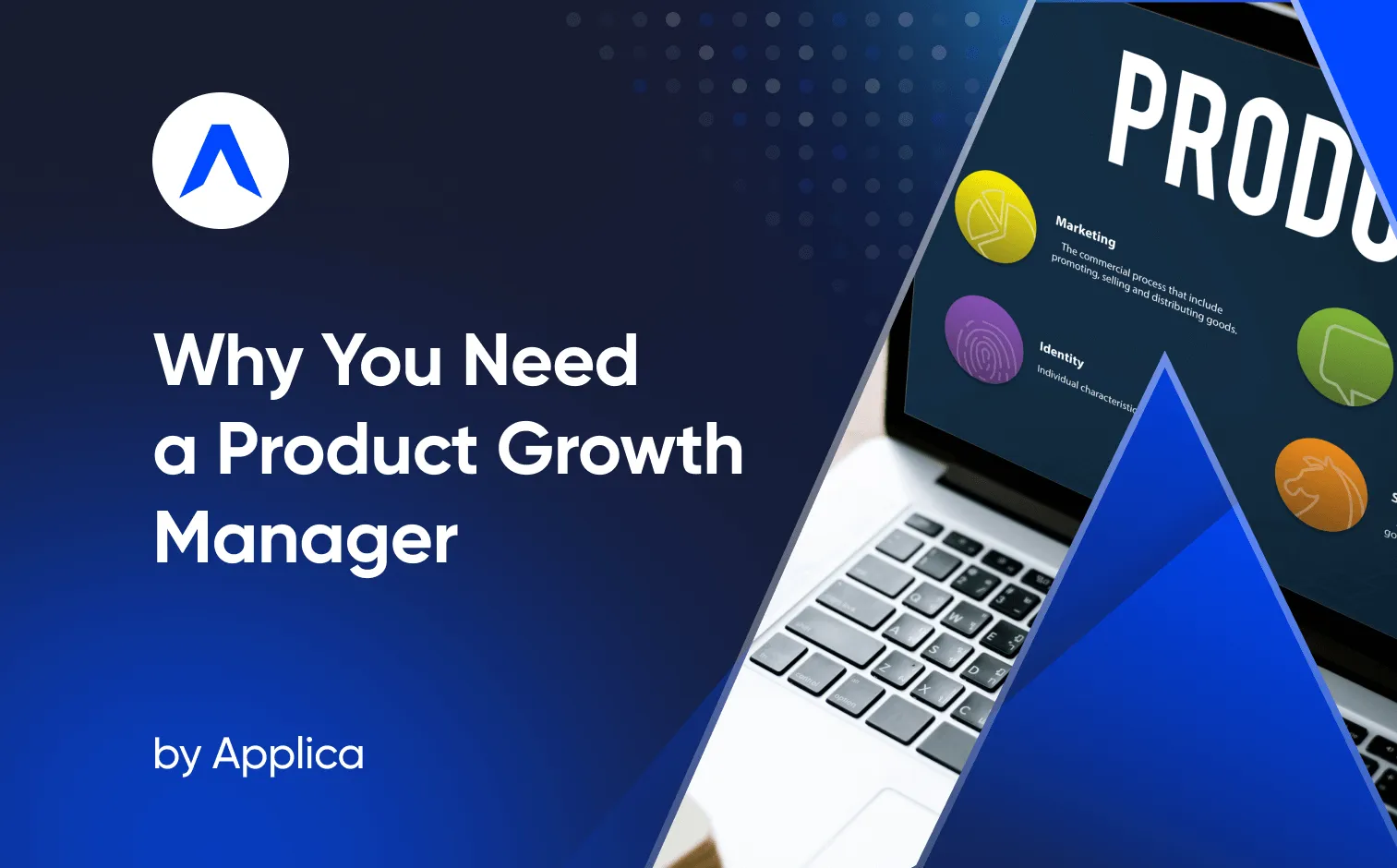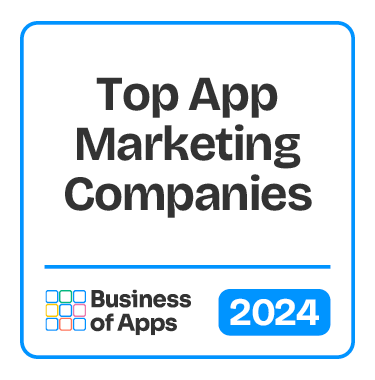Who is a Product Growth Manager?
A Product Growth Manager is an individual responsible for the growth of a product or service. This role requires a great deal of technical and analytical skills, as well as an understanding of the product's target market and the ability to develop strategies to increase its profitability. The Product Growth Manager will create and implement product performance metrics, analyze customer feedback and trends, and create campaigns to drive adoption and usage. They will also work with the product development team to ensure the product meets customer needs and is continually updated and improved. The role requires strong communication and collaboration skills to ensure the successful execution of product growth initiatives.
How Does a Product Growth Manager Work with the Team?
As the Product Growth Manager, it is the responsibility of the manager to work with the app's team to ensure that the app is reaching its full potential. This involves evaluating the user experience and providing feedback on user engagement, retention, and monetization. The manager will also work with the team to identify areas of improvement and develop strategies to increase product visibility and adoption. Additionally, the Product Growth Manager will collaborate with the product team to ensure that the product is optimized for maximum user engagement and satisfaction. Finally, the manager will also provide insights and analysis to the team to help them identify and capitalize on opportunities for growth.
Reasons Why You Need a Product Growth Manager
To Define Growth For Your Product
For a Product Growth Manager, defining growth for a product is an important part of their job. It involves understanding the customer needs and understanding the competitive landscape. They must identify areas of opportunity where the product can grow and create strategies to improve customer engagement and increase revenue. They use data and analytics to inform their decisions and track the team’s success. They also collaborate with other teams such as marketing and product development to ensure our strategies are aligned with the overall business objectives. Ultimately, the goal is to maximize the potential of the product and ensure its success.
To Push the Product Into New Markets
A Product Growth Manager is tasked with pushing the product into new markets. This involves comprehensive market research to identify potential new markets, assessing the competitive landscape and potential risks involved, and developing a plan to effectively penetrate the new market. The Product Growth Manager must also coordinate the launch and implementation of the product in the new market, develop strategies to educate potential customers about the product and ensure that the product meets the needs of the target market. It is important for the Product Growth Manager to work closely with the product team to ensure that the product being sold meets the customer's needs and is optimized for the new market.
To Keep Track of the Metrics and Suggest Improvements
A Product Growth Manager will keep track of the metrics associated with their product using a variety of tools and techniques. They will use analytics tools to track user behavior, usage patterns, and trends in order to identify areas of opportunity or areas of concern. They will also use data visualization tools to create reports and dashboards to track the progress and performance of the product. Additionally, they may use surveys and interviews to gain insight into customer needs and preferences. Finally, they will use A/B testing to identify the best product features and content to optimize the user experience. By keeping track of these metrics, the Growth Manager can ensure that the product is performing at its best and that the customer's needs are being met.
A Product Growth Manager suggests improvements to the product by thoroughly researching customer feedback and industry trends. They also conduct A/B testing to determine which features, design elements, and user experience improvements have the most impact on the product's growth. They recommend the implementation of marketing strategies such as content marketing and digital advertising to drive product awareness, engagement, and adoption.
To Keep the Team Aligned with the Common Goal
A Product Growth Manager is responsible for ensuring that the product team is aligned with the common goal. This involves regularly communicating the team’s objectives and ensuring that individual team members understand how their own goals contribute to the overall success of the product. The Product Growth Manager is also responsible for establishing a process that allows the team to track progress, review and discuss their successes and challenges, and adjust their strategy to remain aligned with the common goal. This process should include regular meetings, feedback loops, and accountability measures to ensure that the team is on track and making progress towards their goal.
The Responsibilities of a Product Growth Manager
Analyzing the Product's Performance
A Product Growth Manager is responsible for analyzing the product's performance, identifying areas of growth and improvement, and recommending strategies to increase engagement and adoption. This analysis involves looking at a variety of metrics, such as user acquisition, engagement, user retention, and product usage. The Product Growth Manager will investigate user behavior, customer feedback, and industry trends to understand how the product is performing in the market. They will also analyze user feedback and reviews to identify areas of improvement, opportunities for growth, and key features that need to be improved upon or implemented. Through this analysis, the Product Growth Manager can recommend strategies to improve the product's performance and user experience.
Managing the Growth Team
Among other Product Manager functions, a Product Growth Manager is responsible for managing the growth team, which works to increase the user base of a product. This includes designing and implementing growth strategies, as well as analyzing user data and metrics. The Product Growth Manager will also work with other departments to ensure that the product is properly marketed and positioned in the market. The manager will also need to have a deep understanding of customer needs and behaviors, as well as the ability to identify opportunities for growth. Ultimately, the Product Growth Manager is responsible for ensuring that the product meets customer needs and the growth team is successful in reaching its goals.
Reporting on the Progress
This includes presenting key performance indicators (KPIs) such as user engagement and acquisition, as well as any key milestones achieved. They are also responsible for providing insights into the team’s performance, along with any recommendations for improvement. At the end of each reporting period, they prepare a comprehensive report that includes the team’s progress, the metrics used to measure success, and any potential areas for growth. This report is then presented to executive leadership, giving them a full understanding of the team’s progress and performance.
Effective Communication
A Product Growth Manager needs to have effective communication skills in order to be successful. This role requires the ability to communicate effectively with stakeholders, customers, and other teams. Effective communication is necessary in order to understand customer needs, develop product features and functionality, and deliver successful product launches. The mobile Product Manager must possess the ability to articulate their ideas clearly and concisely, as well as have the ability to listen to and understand customer feedback in order to make informed decisions. They must also have the ability to build strong relationships with stakeholders, customers, and other teams in order to ensure a successful product launch.
Project Management
A Product Growth Manager needs a strong set of project management skills in order to successfully grow product lines. These skills include the ability to create and implement plans, manage timelines and budgets, and coordinate with stakeholders and team members. They must be able to think strategically, identify opportunities and threats, and develop creative solutions to obstacles. Additionally, they must be skilled in communication, negotiation, persuasion, and problem-solving. They must also have an understanding of data analysis, product development, and marketing strategies. Ultimately, the mobile app Product Manager must be able to lead teams to success and ensure that products meet the needs of the customer.
Flexibility
A Product Growth Manager needs to have flexibility in order to effectively manage a product's growth. This means they need to be able to adjust plans and strategies quickly and respond to changing customer demands in a timely manner. They need to be able to think on their feet and be able to quickly identify opportunities and develop innovative solutions to problems. They also need to have a good understanding of the product and its market, as well as the ability to create a clear and achievable roadmap for product development. Finally, they need to be comfortable working with a variety of stakeholders and be able to effectively collaborate both internally and externally.
Analytical Skills
A Product Growth Manager needs strong analytical skills to be successful. They must be able to analyze data to identify patterns and trends, evaluate risks and opportunities, and identify and implement solutions to problems. They must also be able to analyze user data and customer feedback to develop and improve customer experiences. They must be able to use analytical methods to measure and monitor product performance and develop strategies for growth. In addition, an app Product Manager needs to be able to communicate their insights to stakeholders in an effective and meaningful way.
Get a Remote Team for Product Growth
In-house hiring is not a one-size-fits-all solution. When looking for a sure way to boost growth, an experienced remote team might be just what you need. Fully self-managed, the Applica growth team is ready to work on your product to get you to your goals fast.










